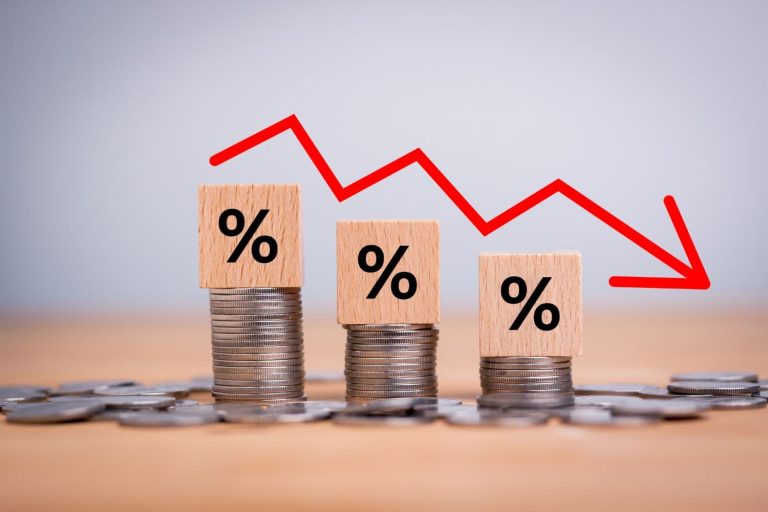
Country’s 0.14% GDP spending on welfare far below African average; only 44% of benefits reach the poor..
Nigeria’s social protection spending has remained alarmingly low, with the country allocating barely 0.14 per cent of its Gross Domestic Product (GDP) to welfare programmes, far below the global average of 1.5 per cent and Sub-Saharan Africa’s 1.1 per cent, according to a new report by the World Bank.
The report, titled “The State of Social Safety Nets in Nigeria” and obtained on Tuesday, paints a bleak picture of the nation’s efforts to fight poverty. Despite numerous government intervention schemes, the World Bank says the overall impact of Nigeria’s social protection programmes has been “negligible,” reducing the national poverty rate by just 0.4 percentage points.
Low Spending, Low Impact
According to the report, Nigeria’s budgetary allocation to social protection averaged around 0.45 per cent of GDP between 2010 and 2021, based on International Labour Organization (ILO) data. Even in 2019, when spending was at 0.7 per cent of GDP (excluding health), it still lagged significantly behind regional and global benchmarks.
Actual disbursements, the report notes, have often been lower than what was budgeted, further weakening the programmes’ reach. In practical terms, this means that despite multiple welfare schemes from conditional cash transfers to the school feeding initiative poverty levels have barely shifted.
The Bank attributes this weak impact to poor programme design, fragmented implementation, and diluted benefits.
Benefits Too Thinly Spread
Many social safety-net programmes in Nigeria disburse a flat amount per household, the report explained. However, since poorer families tend to be larger, the same amount gets divided among more members, diminishing the impact.
“For instance, a family of eight in a rural village and a family of three in a semi-urban area may receive the same cash transfer,” the report noted, “even though the former faces deeper hardship.”
Other initiatives, such as the National Home-Grown School Feeding Programme (NHGSFP), target individuals instead of households but still have limited reach, covering only children in primary grades one to three in select schools.
Dependence on Donors
The World Bank expressed concern over Nigeria’s heavy reliance on external funding to finance its safety nets. Between 2015 and 2021, foreign donors funded about 60 per cent of all federal social protection spending, with the World Bank providing over 90 per cent of that support.
This dependency, the report warned, exposes Nigeria to severe risks whenever donor funding declines. “There is an urgent need for Nigeria to find fiscal space for sustainable social safety-net programming,” the Bank cautioned.
Negligible Impact on Poverty and Inequality
At current spending levels, the World Bank says Nigeria’s social safety nets have “almost no effect” on reducing the poverty headcount, gap, or depth.
- The poverty headcount rate has fallen by only 0.4 percentage points.
- The poverty gap: the income needed to lift everyone to the poverty line declined by just 0.2 points, and
- The overall depth of poverty fell by a mere 0.15 points.
The report blames this on low coverage, inadequate benefits, and poor targeting, with many schemes failing to reach the most vulnerable households.
“It is not surprising,” the report concluded, “that the poverty impacts of Nigeria’s safety net programmes are far below those of other lower-middle-income countries, and even some low-income nations with worse poverty levels.”
When Programmes Work — NASSP Shows Promise
Despite the poor overall performance, the National Social Safety Nets Programme (NASSP) stands out as a success story. Using the National Social Registry (NSR) to identify and reach poor households, NASSP achieved a 4.3 percentage-point reduction in poverty among its beneficiaries and lowered the poverty gap by 4.2 percentage points, nearly ten times higher than the national average impact.
The registry, which now includes over 85 million individuals, is the largest in Sub-Saharan Africa and, according to the Bank, provides a “ready-made platform” for accurate and transparent social assistance delivery.
Government’s Digital Cash-Grant Push
Nigeria’s Minister of Finance and Coordinating Minister of the Economy, Wale Edun, recently announced that the federal government’s digital cash-grant scheme aims to reach 15 million households, or about 70 million Nigerians, with a monthly ₦25,000 payment.
So far, about 8.5 million households have received at least one tranche, while 6.5 million are expected to be paid before the end of the year.
However, the World Bank insists that without addressing structural weaknesses, such as inefficient spending and benefit dilution, such initiatives will have limited long-term effects.
Inefficiency in Benefit Distribution
The report further reveals that although 56 per cent of safety-net beneficiaries are poor, they receive only 44 per cent of the total benefits. This imbalance, it said, stems from the household-based benefit system, which disadvantages poorer, larger families.
“Even well-targeted programmes like the NASSP cash transfers are affected,” the Bank noted. “Programmes like the NHGSFP, which focus on individuals, are less affected but have limited coverage.”
Poverty on the Rise
Despite billions of naira spent annually on social protection, poverty in Nigeria continues to rise. The World Bank estimates that the number of people living below the poverty line jumped from 79 million in 2018 to 104 million in 2023, worsened by inflation, currency devaluation, and soaring food prices.
From bustling urban markets to flood-hit rural communities, millions of Nigerians continue to face economic hardship with little relief in sight.
The Way Forward
The World Bank concluded that while Nigeria has the infrastructure, particularly through the National Social Registry to deliver effective safety nets, greater domestic funding, better targeting, and coordinated implementation are essential.
With most current programmes still underperforming, the Bank urged Nigeria to scale up well-designed interventions and build a sustainable, nationally financed social protection system capable of lifting millions out of poverty.



